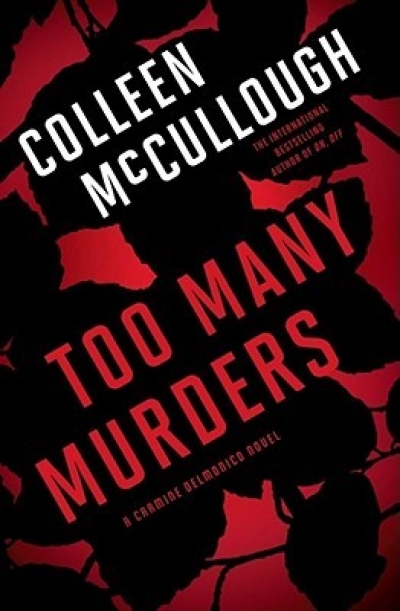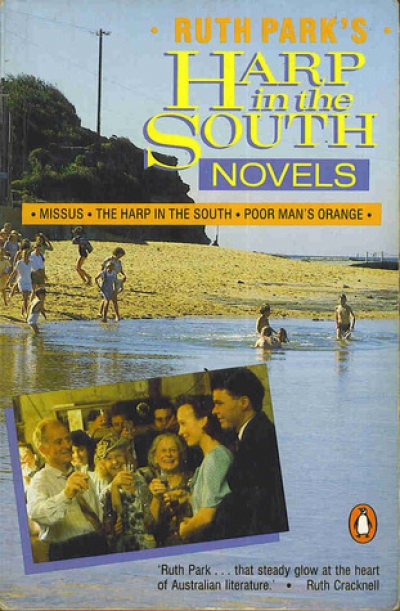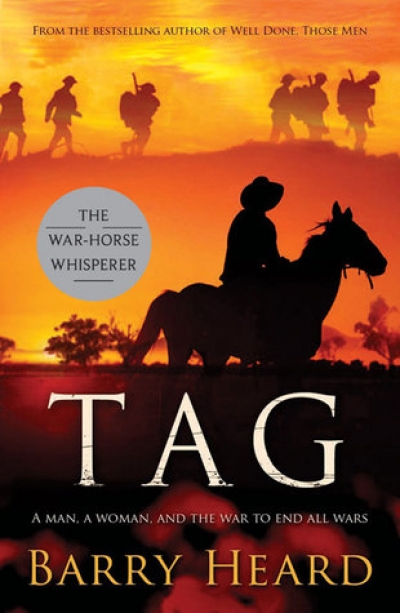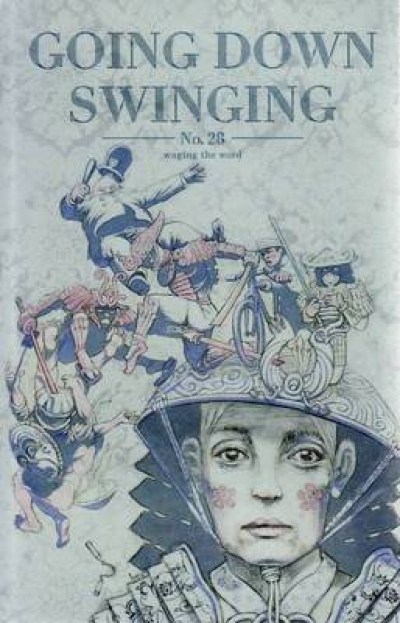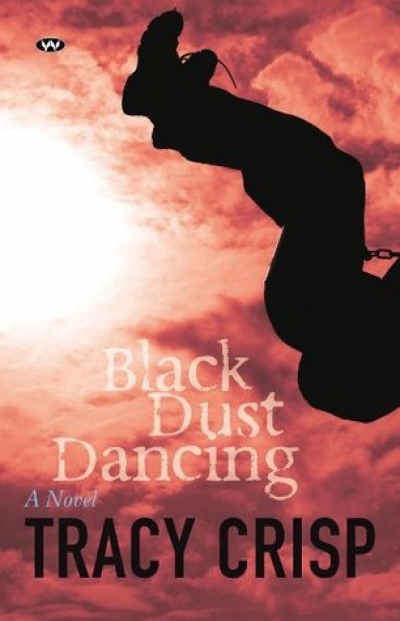Australian Fiction
The reissue in one volume of three of Ruth Park’s much-loved novels The Harp in the South (1948), its sequel Poor Man’s Orange (1949), and the prequel Missus (1985) is welcome. The trilogy completes the family saga, taking the Darcy family from its emigrant beginnings in the dusty little outback towns where Hughie and Margaret meet and marry, to their life in the urban jungle of Surry Hills, then for-ward to the 1950s when the next generation prepares to leave the slums for the imagined freedom of the bush. These are Australian classics, but classics of the vernacular, of the ordinary people. They should never be allowed to disappear from public consciousness.
... (read more)Tag: A man, a woman, and the war to end all wars by Barry Heard
Going Down Swinging, No. 28 edited by Lisa Greenaway and Klare Lanson
The Diamond Anchor by Jennifer Mills & The China Garden by Kristina Olsson
There was a party when I first came to this country. The table was heavy with plates of pizza and chicken balls and Turkish dips with sticks of celery that no one touched. Balloons clustered on the ceiling, trying to escape the heat of the room. A badly lit fire in the fireplace sent out curls of smoke, and a double-bar radiator sat burning in the opposite corner.
‘This is my Filipino brother-in-law, Enrico,’ Alan said each time he introduced me, grasping my arm or giving me a playful punch. At that point, the person I was meeting would clap my shoulder and say, ‘Welcome to Australia!’ as if they had rehearsed this gesture for my arrival.
... (read more)
